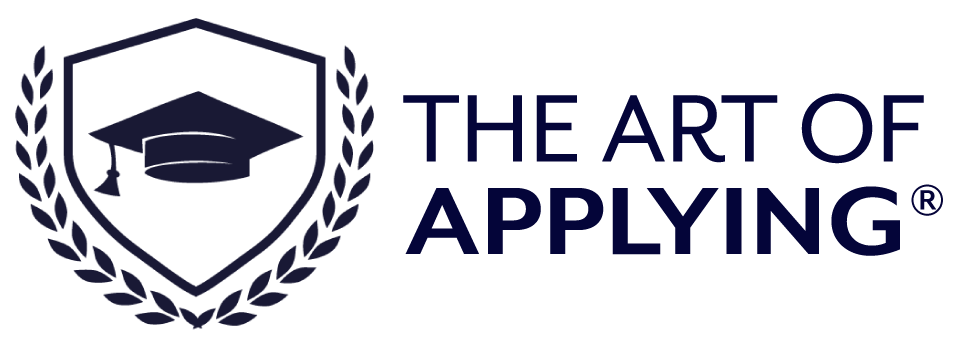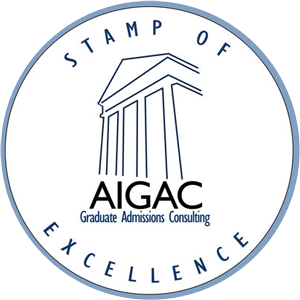website explains: Your résumé should be one to two pages and provide a list of your employment activities, community service, education, academic and professional honors. A brief annotation of job responsibilities, leadership and awards is helpful.
Follow the prompt as a content and format guide:
You probably already have a resume at the ready, and if you don’t, it’s time to create one or update your old one. Either way, make sure you revisit your resume with an eye towards the program you’re applying to. Pay attention to the length listed above and do not submit a resume that is more than two pages. This also means, don’t send in one that is two pages, but size 9 font. This is an exercise in presenting the important information, not a list of every experience you have ever had in your life. Do not list anything irrelevant to the degree. If you have too many relevant positions, you can either cut down to the most recent ones, or think of creative ways to list some that are either short term or have something else in common. Excluding one particular experience won’t be the make or break part of your application. Think about making sure to include enough information such that it’s clear to the admissions committee that you have the experience to back up your interest in the field, your professional skills, and general knowledge of the workforce.
Tips for cutting it down:
If you’re having trouble crossing things off, go through each experience and explain what you gained from it or what it says about you as a candidate. If you can’t articulate that (especially if it’s a job from a long time ago), exclude it. Another way to cross things off is if you have a more recent experience that covers the same things. For example, in college I volunteered with a program for teen girls who had been kicked out of school. That was great for when I applied to a Human Rights program focused on Gender Rights, except that a few years later on my resume it shows me running a similar program, and that I worked with incarcerated women and girls. That means the college experience doesn’t add much, so I took it out.
Organization Descriptions and Quantifying:
You also want to make sure it’s clear what each job or volunteer experience entailed. Is it clear what the organization or company does? If not, you’ll be well-served with a sentence describing the work of the place. Does your title explain what you’ve done? Whether it does or doesn’t, make sure to list specific accomplishments and use numbers wherever possible. For example, instead of “Oversaw projects and supervised project team”, write “Oversaw approximately 20 projects years with budgets ranging from $10,000 to $50,000” and “Supervised project teams of 5 to 10 employees”. Accomplishments might range from “Developed organization-wide system for tracking client outcomes” to “Provided maternal health services to over 500 refugee families”.
Craft a strong format:
Stuck on format? There are many resume formats and no right one, though there are plenty of lesser formats. The bottom line is that you want the following things to be true for the reader:
- She knows who the resume is for (i.e. Make sure your name is clearly written at the top!)
- She can easily see what positions you’ve held, where and for how long
- Without much effort, she can tell from information on the resume what you did in any given position and know at least one accomplishment for each position
- She comes away from viewing the resume thinking you’re a competent person with relevant experience
Oh and of course, no typos!! If you’re stuck on specifics of how to “get it right”, consultants with The Art of Applying can be a big help in helping you with formatting and the annotations for each position. Feel free to ask any questions in the comment section below.



Thanks! My first question is how do you adequately show your skill and competence on big projects without revealing the names of the clients you worked with? especially when you have such little space to be descriptive?
Secondly, with the employment time line- do you include the months or simply use the year? eg June 2015- April 2016 or not? My work experience in most companies is 2 years max , so I dont want to look like a job hopper or like a moonlighter..
it is nice all it displayed on gmail but who can help me on the process both in financially and in the process of adimission
Hi Melkamu, email us at help@theartofapplying.com and we’d be happy to help you with anything you need!